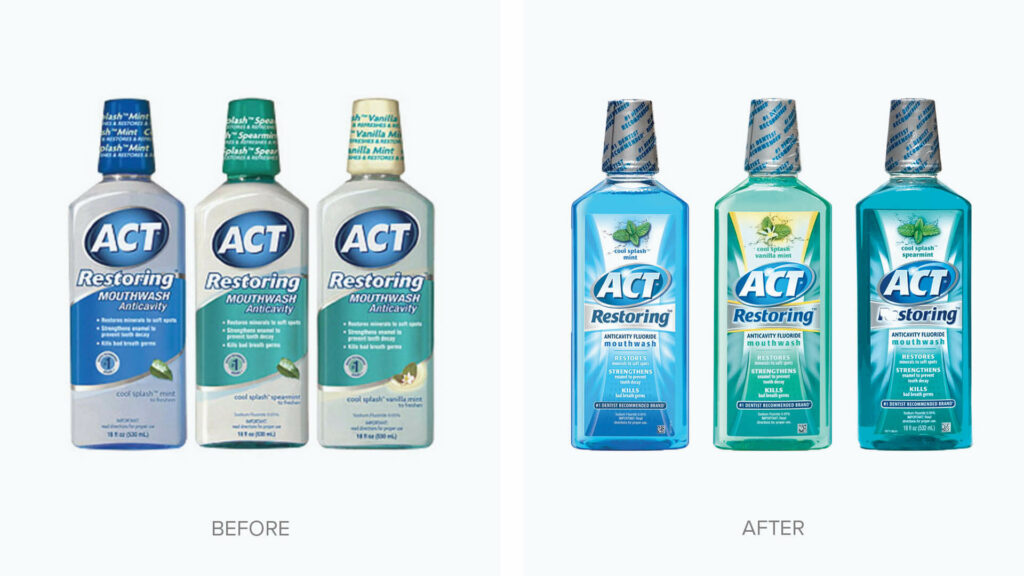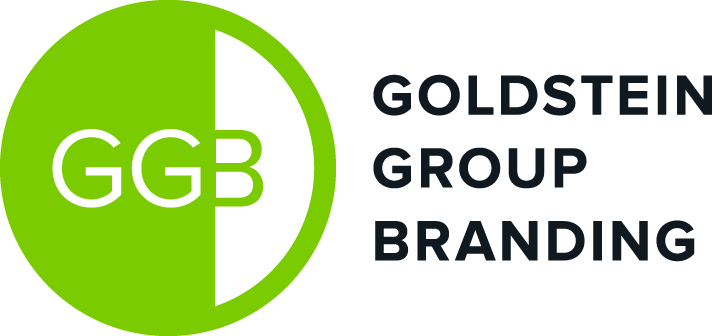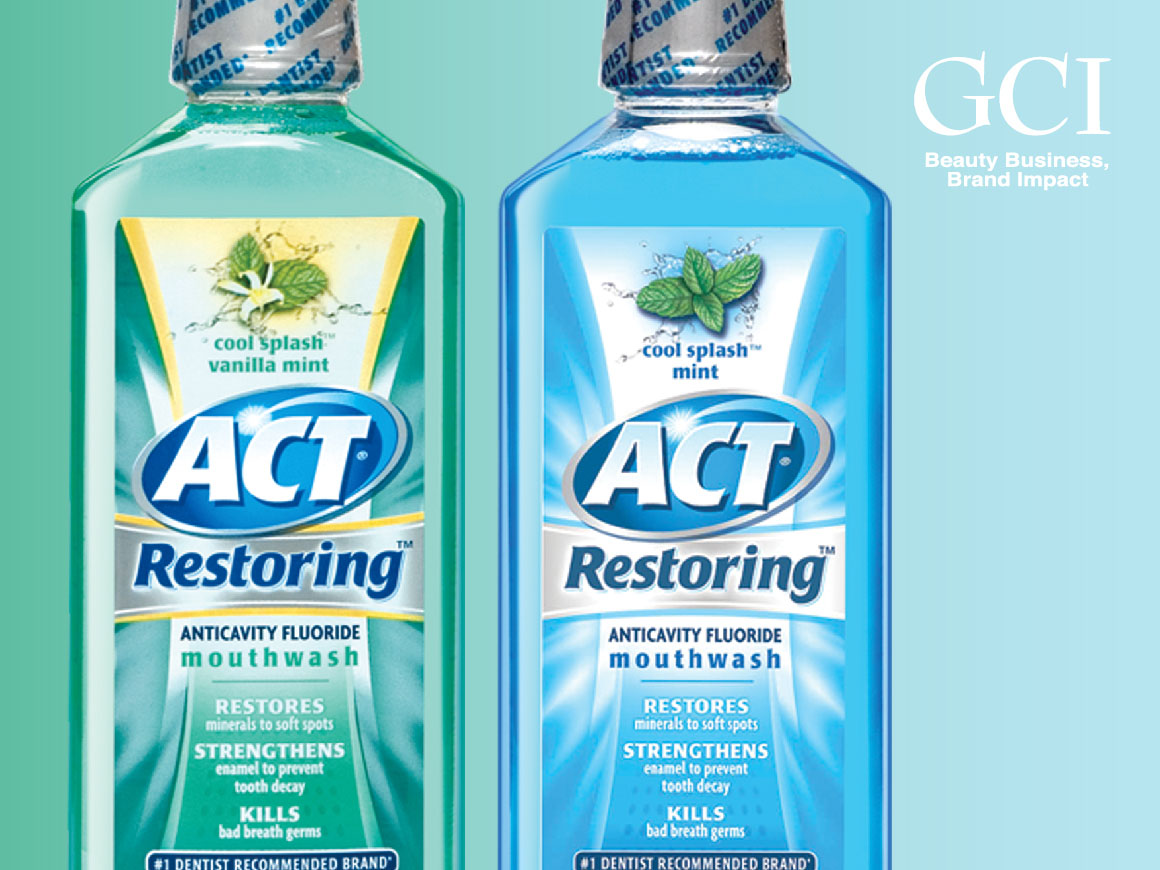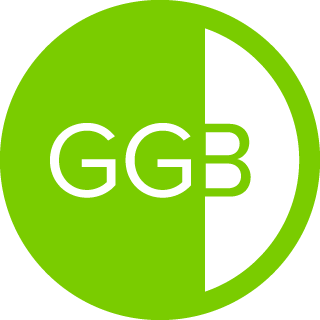The dental category, according to Goldstein Group Branding’s founder and CEO Terri Goldstein, is “becoming very beautified and cosmetic in nature.” This conclusion is the result of broad-spectrum market analysis conducted by the group—both within and outside of the dental category—for its brand reimaging of the ACT line of mouth rinse products. “We like to think of the retail environment as our extended conference room,” Goldstein said in a recent speech regarding the success of the ACT rebrand. “By extending our research arm beyond the oral care category, we [have been] able to glean priceless marketing cues from food and beverage categories and apply them to [ACT] in a manner unexpectedly relevant.”
Goldstein Group Branding has long specialized in the recasting, or rebirth, of known market quantities, creating a new life and new perspective for established brands such as Bayer, Ovaltine, Unisom, Heinz and One-A-Day vitamins. The company’s approach to resuscitating the ACT brand saw base research in several markets ancillary to oral care yield very unique and specific results, which, in turn, paved the road toward refocusing on what Goldstein calls “the rich cultural heritage inextricably linked to the consumer’s sense of morale, confidence and overall well-being.”
“GGB’s tendency to conduct cross-category explorations is inspired by the contemporary consumer’s tendency to cross-shop,” she says. “Ancillary categories to the brand in question often reveal key insights about these consumers’ learned sensibilities. The ancillary categories we researched for the ACT restage included beverage, confection, tea and spice. From the beverage category, we extrapolated formula colors that connoted refreshment and flavor. The confection category provided key learning about how consumers respond to flavor cues in bubble gum SKUs. Meanwhile, the tea and spice categories—specifically their use of illustrated key ingredients—informed our communication of the vanilla mint and cinnamon SKUs. [In addition,] before restaging ACT, we learned that the prior 24 months had seen a steep incline in males becoming their [respective] household’s primary shopper. As a result, we were careful to take a gender-neutral approach to ACT’s brand packaging.

The reimaged line (pictured, along with its former iteration) features bright graphics, vibrant silver overlays (“Color is a powerful branding tool as a brand enforcer and identifier.”) and the well-known ovalesque ACT brand logo—redesigned in a sleeker, more clinically poised manner. The results thus far of the rebrand have been successful—the Total Care product’s $5 price tag, coupled with a general economic malaise on the heels of the announced cessation of the national recession, notwithstanding. Says Goldstein, “Considering that the entire line is up 38%, I would say that the price point hasn’t been a concern. And when you consider that Act Total Care is a 3-in-1 formula (the product is formulated to strengthen teeth, rebuild enamel and protect against cavities), it’s really a value proposition. Instead of having to buy three separate SKUs, you only need one. [The sales surge] since restage confirms consumer perceptions that the revamped line offers a greater value than the competition. People will always remain loyal to national and premium brands because their value never diminishes.”
“The reimaged line features bright graphics, vibrant silver overlays and the well-known ovalesque ACT brand logo—redesigned in a sleeker, more clinically poised manner.”
The future of Goldstein Group Branding holds much of the same, with efforts to re-establish flagging national brands—perhaps even other brands within the inflating oral care segment—at the forefront. “It’s a well known fact that 92% of new products fail, and that the number-one CPG retailer in the U.S. is cutting back on line extensions and stockpiling base SKUs of even the most established national brands. Which is precisely why Goldstein Group Branding hangs its hat on brand renewal—and will continue to do so. [We] see brands as a live and breathing—just like the people behind them. The renewal of these [heritage] brands depends on the retention and emphasis of their key cultural attributes (i.e., trust, integrity and simplicity) along with a rebooted USP and preemptive on-shelf visual recall. Since this happens to be the firm’s expertise, we will deepen our mark on the consumer market by continuing to restage America’s brand icons.”
Originally published in GCI Magazine, January 2010




